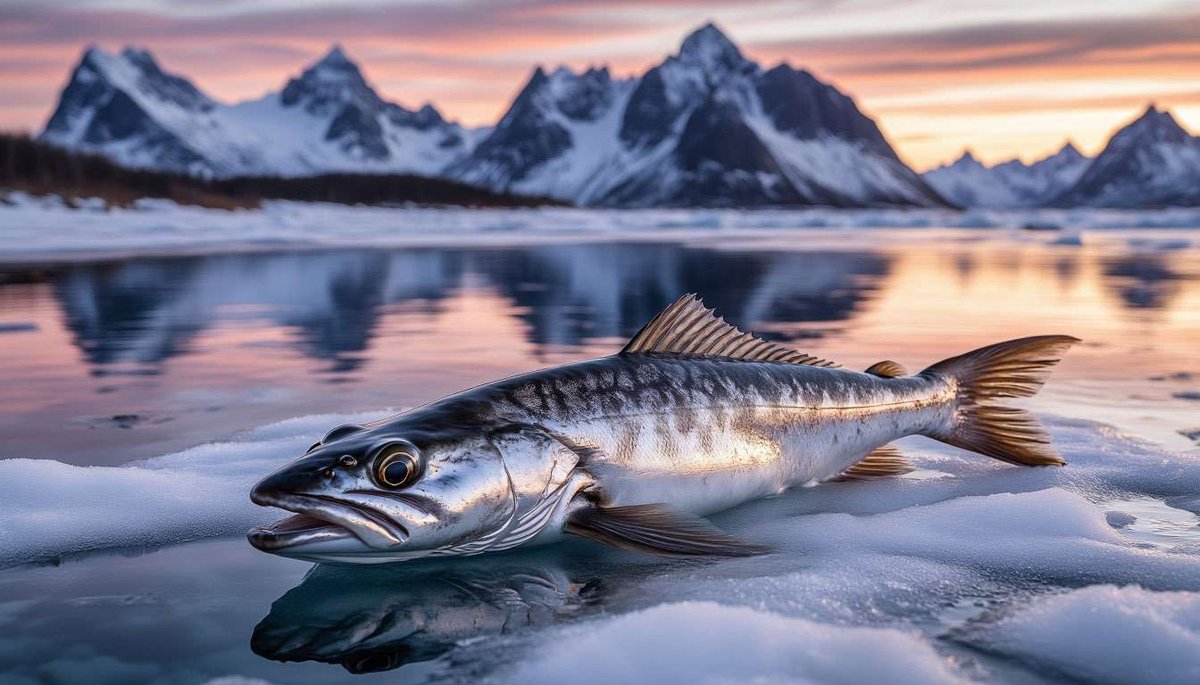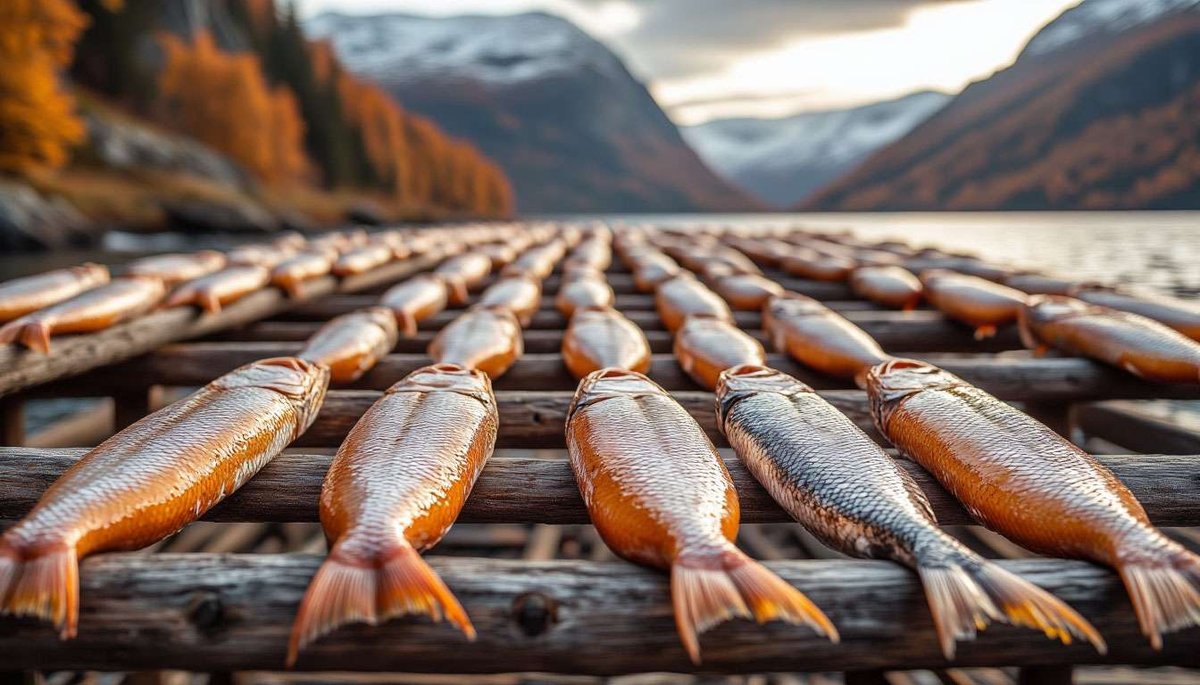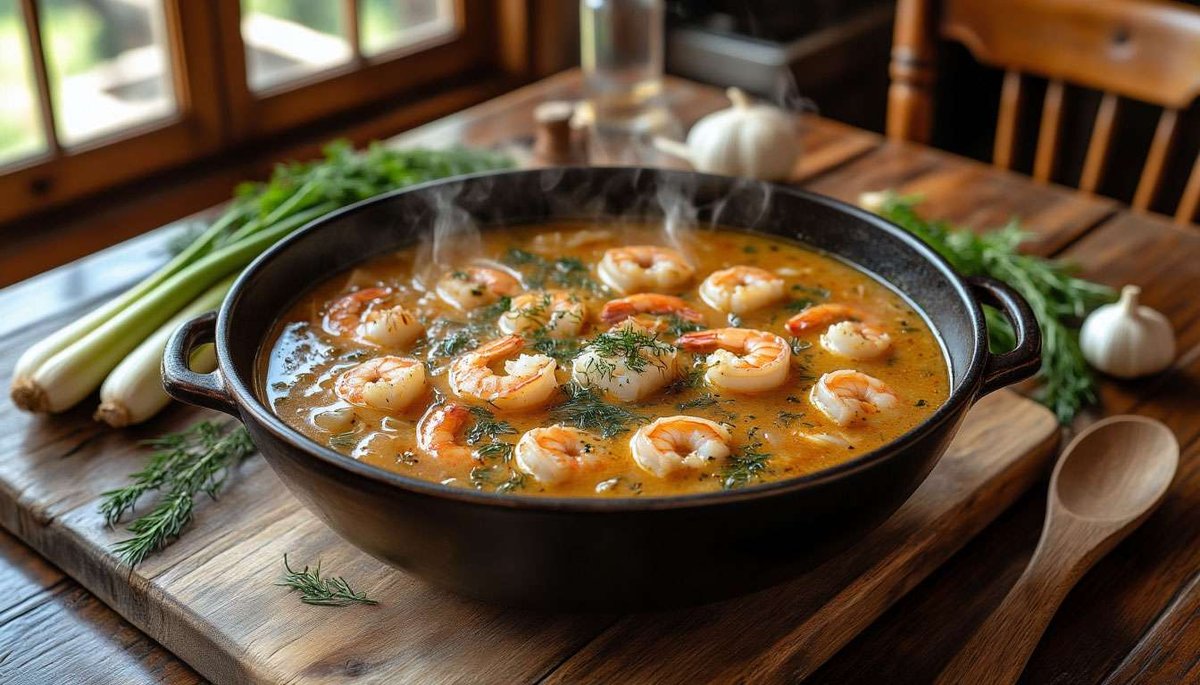White fish and the "skrei adventure": how cod made Norway a maritime power

Before salmon, there was skrei, an Atlantic cod that comes to Lofoten every winter. It was dried on wooden racks and sold throughout Europe as far back as the Middle Ages. For centuries, white fish fed Norwegians, built churches and financed schools, and today it remains a gastronomic symbol of the North. Let's find out why skrei is called "winter gold", what stockfish and Spanish bacalao have in common, and how tourists can arrange their own adventure in the realm of white fish.
What is skrei and how is it different from regular cod?
Skrey is a migratory Atlantic cod that travels 1,000 km from the Barents Sea to the Lofoten Islands between January and April to spawn in the warm coastal waters. The cold journey makes the flesh firmer and leaner, and the protein and omega-3 content higher than that of coastal cod. Each fish is tagged with a 'Skrei – Cod of Norway' label and undergoes strict selection criteria: intact skin, bright red gills, carcass temperature < 2°C. Seasonality and unique taste make skrei a delicacy that gourmets from all over the world fly to enjoy in winter.
How is the famous dried stockfish made and why has it been prized for centuries?
After being caught, the saithe is gutted, washed with sea water and hung on wooden frames called hesje directly on the shore. The cold air (-2...+5°C) and the wind from the Gulf Stream slowly dehydrate the fish for 8–12 weeks, preserving the protein without salt or heat. The finished stockfish loses 70% of its weight but can be stored for years, remaining rich in nutrients. In the Middle Ages, it became a currency for the Hanseatic League and monasteries, and today it is exported to Italy, Nigeria and Brazil. The Lofoten islanders joke: "This is sushi that has been waiting a thousand years."

Where and how can tourists try skrei dishes in season?
The best "skrei theatre" is Lofoten (Svolvær, Henningsvær). The restaurants Børsen Spiseri and Restaurant Fiskekrogen prepare a set menu with three textures: baked fillet with seaweed, cheeks in butter and liver pâté on warm bread. During the day, you can sign up for a skreifiske fishing tour: in four hours, you will catch your own cod, the captain will help you cut it up, and the chef on board will grill the fillets. The experience is enhanced by the northern lights, which often flicker over the fjord in February.
How does stockfish differ from salted and dried klippfisk and Spanish bacalao?
Klippfisk was invented in the 17th century: fish was first salted and then dried on rocks (klippe). Salt accelerates dehydration and gives it a distinctive taste, but requires soaking before cooking. Spanish bacalao is a culinary "reinterpretation" of klippfisk: soaked cod is stewed with tomatoes, paprika and olive oil. In Norway, bacalao à la Kristiansund is popular: pieces of cod, potatoes, tomatoes and black olives are simmered in a pot, filling the coastal streets with a Mediterranean aroma in the middle of the northern winter.

What traditional white fish dishes are worth trying besides skrei?
- Fiskesuppe is a creamy cod and salmon soup with carrots and leeks, served with green oil and shrimp.
- Fiskekaker — light fish cakes made from haddock or saithe, fried until golden brown.
- Boknafisk is semi-dried cod that is soaked and boiled, served with bacon fat, peas and potatoes.
- Plukkfisk — a creamy casserole made from boiled cod, potatoes and cream sauce; a post-war corner food turned into a trendy tapas dish by chefs.
How does Norway ensure the sustainability of cod stocks?
Since the 1980s, the government has introduced a quota system and joint monitoring with Russia. Catches are monitored by a VMS satellite fleet, and IUU inspectors check each batch for juvenile fish. The minimum catch size is 44 cm, and nets are equipped with "escape panels" for small fish. A ban on trawling in the Lofoten spawning grounds protects the roe. As a result, Atlantic cod stocks off the coast of Norway are recognised by ICES as 'healthy', and Norwegian saithe is MSC certified, guaranteeing that your fillet does not undermine the ecosystem of the Barents Sea.
White fish is the backbone of Norwegian cuisine: it taught northerners how to dry food in the wind, gave traders their first export commodity and gave the world dozens of dishes, from simple boknafisk to exquisite skrei carpaccio. Visiting Lofoten in winter, feeling the salty wind on your face and tasting fresh cod on your tongue, you will understand why the sea here is called livsgrunnlag — 'the basis of life'. Plan your trip for January–March, book a fishing tour, stock up on warm gloves and a healthy appetite: the adventure begins where the crunch of ice mixes with the bang of the anchor, and white fish glisten under the polar sky like silver on black velvet water.





2 comments
Log in to leave a comment